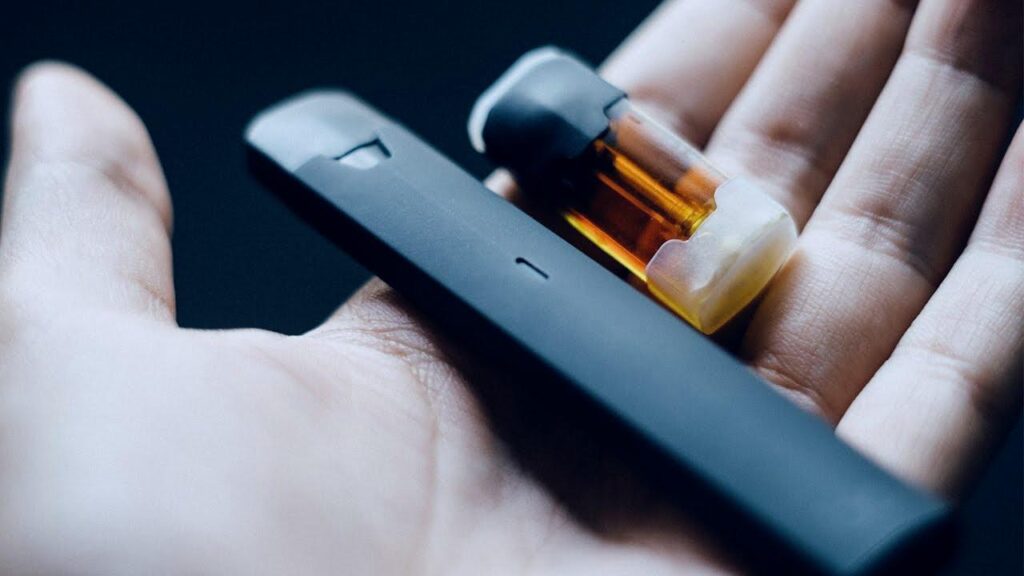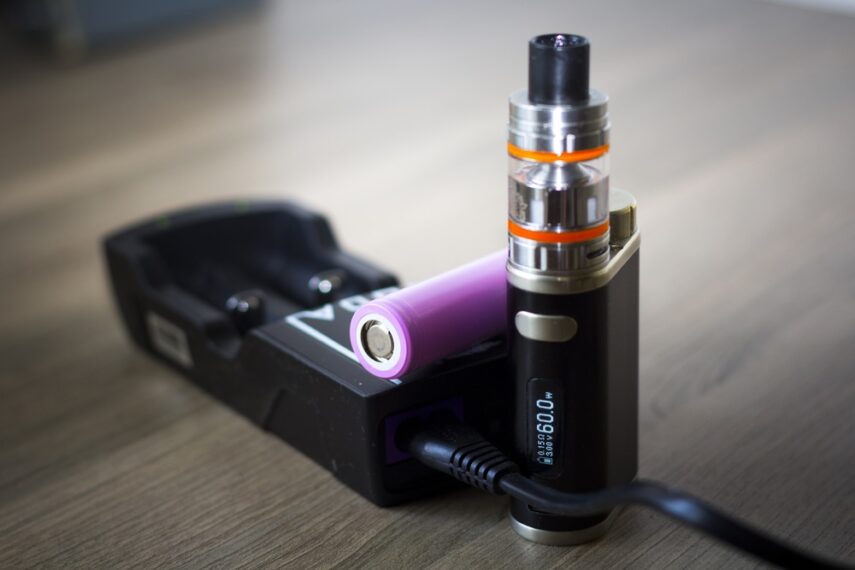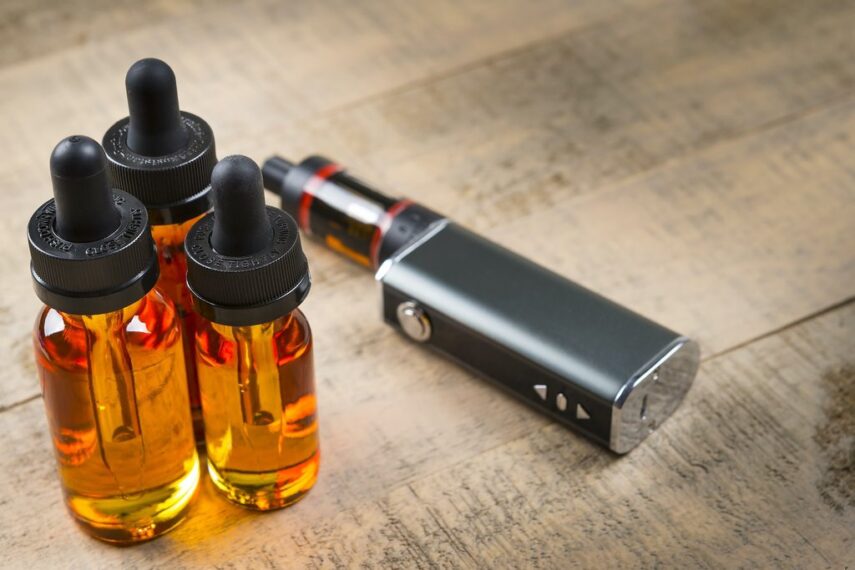Even though many trips have been cancelled because of the ongoing pandemic, that doesn’t mean they have stopped completely or that most of them won’t resume in the near future. For all those with vaping devices who are wondering how they can travel with them without encountering problems, we have a few tips that may be of help, but they are not intended to be legal advice.
The spectrum of these kinds of devices is rather large; there are e-cigarettes, e-vaporizers, vape pens, mods, and many other. They are commonly battery operated and their purpose is to deliver a dose of nicotine through the aerosol. Namely, the device heats up the liquid, commonly called vape juice or e-liquid, and it turns into a vapor – aerosol – that is inhaled and through the blood vessels of the lungs, the chemicals from the liquid enter the bloodstream. However, not all of them contain nicotine, some are used for CBD, and there are many other chemicals, some of whose health effects are still investigated, so you has to be careful what is in the vapors that you inhale.
Some devices use tanks, others pods or cartridges. If you are seeking a new device or you have an intention of buying, you can read more here about the possible options.
As you may suppose, there are some rules when it comes to travelling with such a device, depending on the mode of transportation, and the ingredients in the liquid. Also, sometimes the batteries can be an issue. That is why we recommend looking at the government and the airline websites, so that you can be sure that your vaping device and the vape juice won’t get you into trouble at some point of your trip.
Most rules apply when travelling by plane – if you are using another mode of transportation, then you would probably have in mind the laws of the country, so make sure to read up on that, especially if your vaping device delivers THC, or CBD.
1. Keep your devices with you

When travelling by plane, you should always have your device on you, or in your carry-on luggage. Why is that so? Namely, the cabins are pressurized, and the cargo isn’t. That means that some part of your device can get damaged during the flight. If anything malfunctions, it would be out of sight and out of reach if it is in the cargo compartment.
2. Limits on liquids
As with any other liquid that you can take on a plane in your carry-on, the vape juice (or e-liquid) has to be in a package of 100 ml or less, and stashed inside a zip-lock bag or wrapped in plastic wrap. This also applies to aerosols, gels, creams and pastes. In your checked luggage, you can put larger cartridges for e-cigarettes and other vaping devices, however, that carries a risk as they might break or explode, and stain your clothes or make them smell like the liquid itself. On the other hand, the cabin pressure might cause the full tanks to leak, so it’s a good idea not to fill them up all the way, or to keep them empty during the fight and fill them up once you get at your destination. Glass containers or bottles are not recommended, as they can easily break and make a mess.
3. About the batteries

Lithium-ion batteries – as they would typically be in your vaping device, are somewhat problematic since, although rarely – they do catch on fire. What happens is the membranes that separate the battery charges get breached and the battery short circuits, generating a significant amount of energy. This malfunctioning can affect other batteries that are nearby, creating the so called ‘thermal runaway’. If any of these batteries overheats, it can start a fire. Also, as with other electronic devices, they could be potential terrorist threats, so the authorities are torn; if they allow it in the cabin, with the passengers, if it does turn out to be a terrorist threat – it would be a huge problem, but if it is in the cargo department and it catches on fire – it’s harder to extinguish it than it would be inside the cabin, especially since the cabin crew wouldn’t see it when it starts. Therefore, any spare batteries – lithium-ion, or any other for that matter, are limited to the carry-on luggage, and should not be put inside the checked bags. The FAA recommends to protect the battery terminals by manufacturer’s packaging or cover them with tape and place them in separate plastic bags in order to prevent malfunctions. Needless to say that the devices should be turned off during the flight, and no vaping is allowed. Just as with the lithium-ion batteries, bring the power bank and the battery charging cases in the cabin luggage, but do not hope that you will get to use them during your stay on the plane. Some airlines may even require separate battery cases/containers. Not having them would mean that you are risking to be asked to throw away your batteries.
4. Stock up on coils
If your vaping devices uses coils to heat the e-liquid, make sure you have enough for your trip. Otherwise, you might end up wasting precious time looking to buy some, or not finding a matching one, rendering your device useless.
5. Check the limits and local laws about the e-liquids and vape juices

Countries have limits when it comes to nicotine and CBD concentration in the liquids. For EU, the nicotine limit is 20 mg/mL, and for CBD is 0.2%, while the CBD limit for the USA is a bit higher, 0.3%. Countries like Australia might even limit your supply on CBD vape juice – only a 3 month supply is allowed. For other countries, these numbers, as well as other laws may be different, so do your research before travelling there. When it comes to THC, needless to say that it is considered illegal in many countries and airports have dogs that are able to sniff it and get you into trouble.
Related Posts:
- 5 Helpful Tips to Extend Your Disposable Vape Usage in 2024
- Nintendo Mario Kart Tour Out Now Get it For Your Device
- How Long Should You Hold Vape In Your Lungs - 2024 Guide
- 15+ Best Gaming Consoles 2024 - Top Portable Device…
- 8 Tips to Find the Best Sun Hat for Traveling
- Let’s Go: Traveling And Adventure Starter Guide







